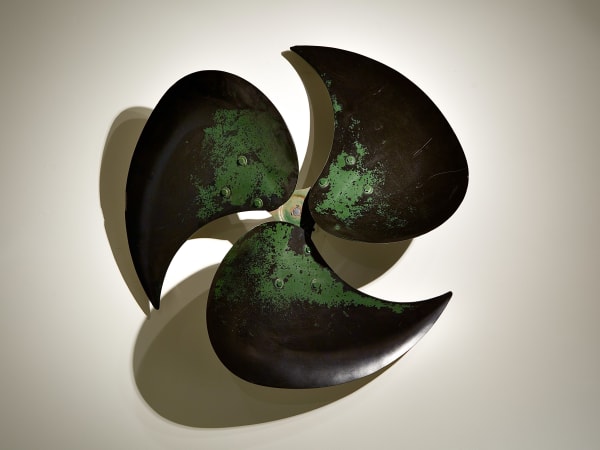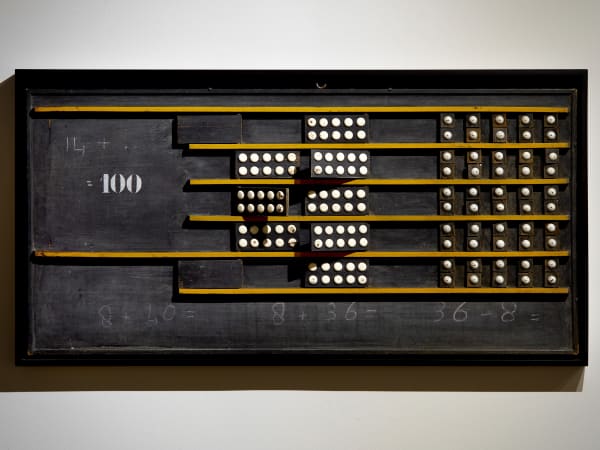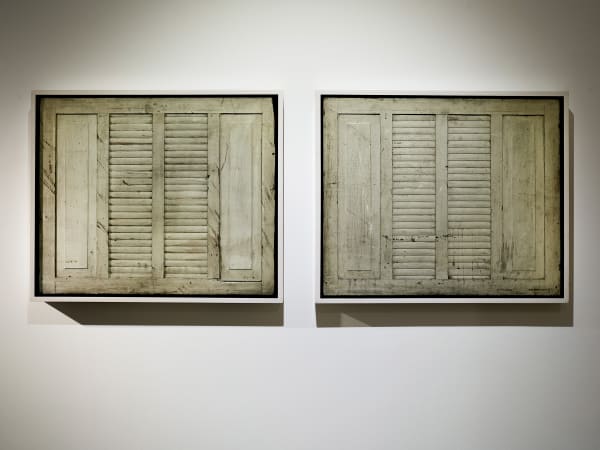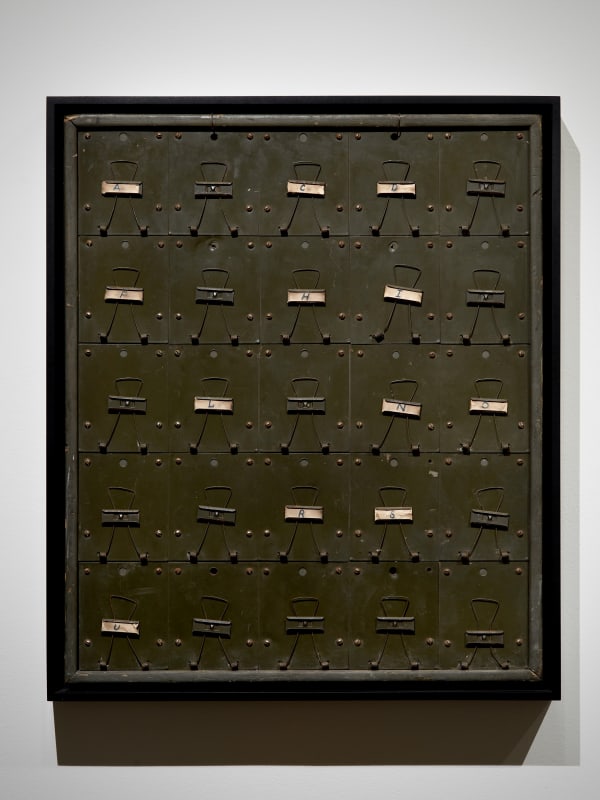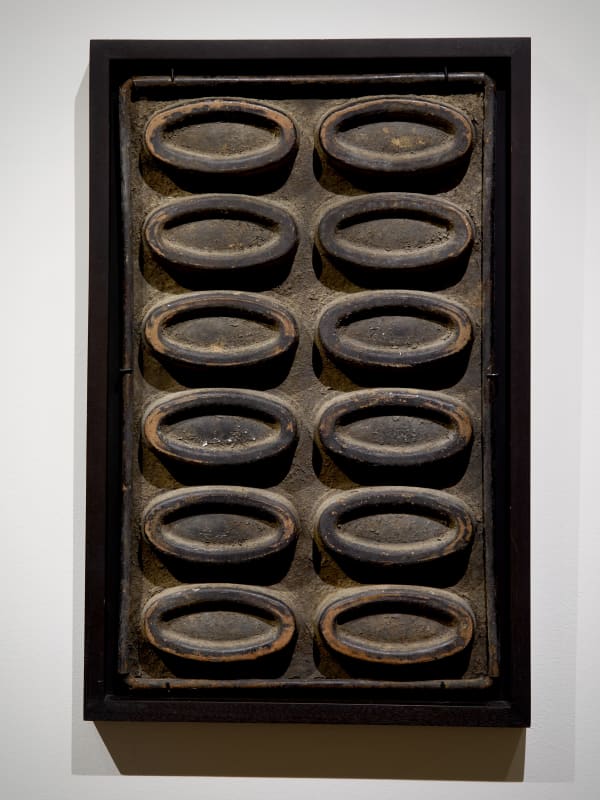Formed with Function is conceived as a sequel to Ricco/Maresca’s show titled Chance (December 1991 - January 1992), which was an exploration of the found object as art—an interest of our gallery since the 1980s that continues to this day. In this show, our focus is not so much the classic objet trouvé—that which becomes art by chance—but objects that were created with a functional purpose in mind, and whose aesthetic qualities both enhance and transcend it.
This exhibition brings together a group of exceptional objects with various utilitarian sensibilities. Among them: an early 20th century Amish apple-picking ladder; a mysterious German kindergarten finger-counting aid (ca. 1910-20); an American shooting range cut-steel target in the form of a “bad guy” (ca. 1950s); a Metropolis-like hat steaming aluminum head form (ca. 1920s); the most beautiful bentwood hay fork I’ve ever seen (having 9 tines); a monumental Bakelite propeller used to mix industrial liquids; a painted picnic table that folds up and hangs on the wall, offering an arresting graphic, and a prison-made double-window picture frame (the inscription on the reverse reads Jackson Penitentiary, Michigan, 1890) made from 5,178 pieces of wood by H.A. Goode—which sadly never fulfilled its original purpose.
-
FORMED WITH FUNCTION
GALLERY ONE -
-
-
-
-
-
-

CORRUGATED WOOD PANEL #1, EARLY 20TH CENTURY
Joined wood with original forest-green paint48 x 87 3/4 in. (121.9 x 222.9 cm.)(ArU 325)SOLD -
-
INSTALLATION

